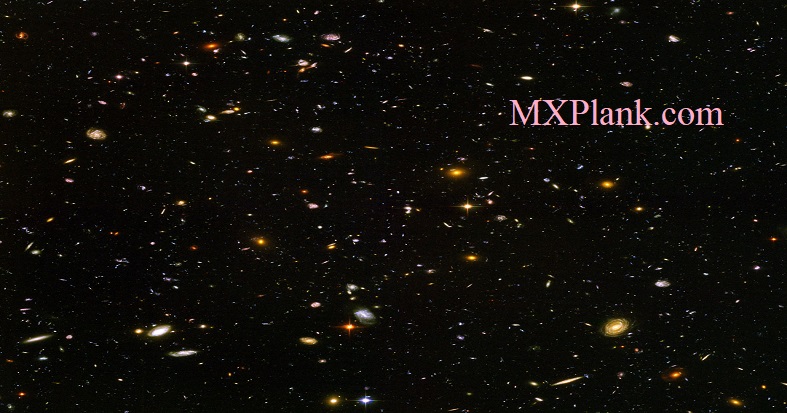
Just weeks after NASA astronauts repaired the Hubble Space Telescope in December 1999, the Hubble Heritage Project snapped this picture of NGC 1999, a nebula in the constellation Orion

Galaxies, galaxies everywhere - as far as the NASA/ESA Hubble Space Telescope can see. This view of nearly 10,000 galaxies is the deepest visible-light image of the cosmos. Called the Hubble Ultra Deep Field, this galaxy-studded view represents a deep core sample of the universe, cutting across billions of light-years.

This new Hubble image reveals the gigantic Pinwheel galaxy, one of the best known examples of grand design spirals, and its supergiant star-forming regions in unprecedented detail. The image is the largest and most detailed photo of a spiral galaxy ever taken with Hubble.

This image shows the dust torus around a super-massive black hole. Black holes lurk at the centres of active galaxies in environments not unlike those found in violent tornadoes on Earth. Just as in a tornado, where debris is often found spinning about the vortex, so in a black hole, a dust torus surrounds its waist. In some cases astronomers can look along the axis of the dust torus from above or from below and have a clear view of the black hole. Technically these objects are then called type 1 sources. Type 2 sources lie with the dust torus edge-on as viewed from Earth so our view of the black hole is totally blocked by the dust over a range of wavelengths from the near-infrared to soft X-rays.